Greetings, my fellow fragrance aficionados! Today, we're embarking on a sensory journey through the aromatic world of tea. As an expert perfumers here at Wicked Good, we can attest that there's nothing quite like the olfactory bliss of a well-brewed cup of tea.
So, let's head out on an olfactory journey that takes us back to around 2737 BC, over 4,000 years ago, in ancient China to explore the fascinating world of tea notes. And as we steep ourselves in the history, folklore, and interesting facts of each tea, let's embark on a whimsical, sensory-filled journey that will tickle our taste buds, ignite our imaginations, and fill our hearts with a newfound appreciation for these delightful brews.
According to Chinese legend, Emperor Shennong accidentally discovered tea when leaves from a wild tea tree fell into his pot of boiling water. Intrigued by the pleasant aroma, the emperor decided to taste the infusion, and thus, tea was born. The recorded history of tea cultivation and consumption, however, dates back to the Han Dynasty (206 BC - 220 AD) in China.
From ancient legends to modern-day concoctions, let's raise our cups and toast to the timeless charm of these aromatic wonders that have brought joy to countless generations of tea lovers. So, grab your favorite teacup and join us on this enchanting adventure through the world of tea notes, where every sip tells a story.
Green Tea: The Verdant Virtuoso
Our first stop on this tea-scented adventure is the lush world of green tea. With its unmistakable grassy notes, green tea is a verdant symphony for the senses. The aroma of green tea can be described as fresh, vegetal, and sometimes even slightly sweet. It's like frolicking through a dew-covered meadow on a spring morning, without the risk of getting your shoes wet.
Historically, green tea was first discovered in China more than 4,000 years ago, and it's been a staple of Chinese culture ever since. Legend has it that Emperor Shennong stumbled upon this delightful beverage when tea leaves blew into his cup of hot water. Serendipity at its finest, wouldn't you say?
One fascinating fact about green tea is that it contains a magical little compound called L-theanine. This marvelous molecule is known to promote relaxation without drowsiness, making it the perfect companion for a contemplative afternoon of sniffing tea leaves.
White Tea: The Delicate Diva
Next up is the ethereal, delicate beauty of white tea. This dainty diva is the least processed of all the tea varieties, which means it retains a purity of scent that's simply unparalleled. With its subtle, sweet, and floral notes, white tea is like a tender whisper of blossoms on a warm summer breeze.
White tea's origins can be traced back to the Chinese Tang Dynasty (618-907 AD), where it was reserved for royalty and considered a luxury. And who can blame those ancient emperors? With a scent as enchanting as white tea's, it's no wonder they wanted to keep it all to themselves.
Now for a juicy tidbit: Did you know that white tea leaves are harvested only during a brief period in early spring? This fleeting window of opportunity is known as "White Down," when the young tea leaves are covered in a fine, silvery-white fuzz. So, the next time you sip a cup of white tea, remember that you're enjoying a rare, ephemeral delight.
Black Tea: The Bold Brawler
Ah, black tea, the robust and hearty backbone of countless breakfast blends. With its robust, malty, and sometimes even smoky notes, black tea is the heavyweight champion of the tea world. It's like a warm, comforting hug from a strong, muscular friend who doesn't know their own strength.
Originally hailing from China, black tea made its way to the Western world in the 17th century, when it quickly gained popularity as a fashionable beverage. The Brits, in particular, took a fancy to this brawny brew, and it's been a staple of British high tea ever since. God save the Queen and her taste in tea!
Here's an interesting factoid for you: black tea is fully oxidized, which gives it its deep, rich color and bold flavor profile. So, when you're enjoying a cup of black tea, you're essentially sipping on the essence.
Chai Tea: The Spicy Seducer
Prepare to be tantalized by the exotic, spicy allure of chai tea. This enchanting blend features a warm, inviting combination of black tea, spices, and often milk, creating an intoxicating bouquet that's impossible to resist. With notes of cinnamon, cardamom, ginger, and cloves, chai tea is like a seductive dance of flavors that tickles the senses and warms the soul.
Chai tea, also known as "masala chai," has its roots in India, where it has been enjoyed for centuries. In fact, the word "chai" simply means "tea" in Hindi. So, if you've ever ordered a "chai tea latte," you've technically asked for a "tea tea latte." Quite the linguistic conundrum, isn't it?
Here's a fun fact for you chai lovers out there: The blend of spices in chai tea can vary greatly depending on the region and personal preference. So, each cup of chai is a unique, spicy adventure waiting to be explored.
Oolong Tea: The Enigmatic Enchanter
Oolong tea is an enigmatic and captivating brew that defies categorization. Somewhere between the delicate diva of white tea and the bold brawler of black tea, oolong tea possesses a unique, complex flavor profile. With notes ranging from floral to fruity, creamy to woody, oolong tea is like a mysterious stranger with an ever-changing personality.
This beguiling tea originated in China, where it's been enjoyed for centuries. The name "oolong" actually means "black dragon" in Chinese, which is quite fitting for a tea as enigmatic and enchanting as this one.
Here's a fascinating tidbit for you oolong aficionados: The production process for oolong tea involves a carefully controlled degree of oxidation, which determines its flavor profile. The result is a tea that offers a diverse and delightful sensory experience.
Darjeeling Tea: The Champagne of Teas
Raise a toast to the refined, sophisticated world of Darjeeling tea. Hailing from the majestic slopes of the Indian Himalayas, Darjeeling tea is often referred to as the "Champagne of Teas" due to its distinctive, delicate flavor profile. With notes of muscatel grape, stone fruit, and a hint of floral undertones, Darjeeling tea is like sipping on liquid gold.
The history of Darjeeling tea dates back to the mid-19th century when British planters established the first tea gardens in the region. Today, the Darjeeling tea industry is a vital part of the region's economy and culture, producing some of the world's most sought-after teas.
Did you know that Darjeeling tea can be further categorized into four distinct flushes, each with its own unique flavor profile? From the delicate first flush to the robust, full-bodied second flush, there's a Darjeeling tea to suit every discerning palate.
Jasmine Tea: The Floral Flirt
Prepare to be charmed by the delightful, flirtatious aroma of jasmine tea. This fragrant blend of green, white, or black tea scented with the delicate aroma of jasmine blossoms is an olfactory delight. With its intoxicating floral notes, jasmine tea is like a playful wink from a mischievous garden sprite.
Jasmine tea has its origins in China, where it has been enjoyed for over a thousand years. The delicate process of scenting tea leaves with jasmine blossoms involves layering fresh blossoms between the tea leaves, allowing their fragrance to permeate the tea overnight. This process is often repeated several times to achieve the desired level of jasmine scent.
Earl Grey Tea: The Regal Rhapsody
All hail the regal splendor of earl grey tea! This classic blend features black tea delicately infused with the citrusy essence of bergamot, creating a symphony of flavor that's as refined as it is refreshing. With its elegant balance of bold, malty notes and bright, zesty undertones, Earl Grey tea is like a royal procession for your taste buds.
Earl Grey tea is named after Charles Grey, the 2nd Earl Grey, who was the British Prime Minister in the 1830s. Legend has it that the Earl received a gift of tea flavored with bergamot oil from a Chinese diplomat as a token of gratitude for his diplomatic efforts. The Earl was so taken with the blend that he shared it with his friends, and it quickly became a popular sensation.
One delightful tidbit about Earl Grey tea is that it has inspired a myriad of creative culinary concoctions. From Earl Grey-infused cocktails to decadent desserts, this regal brew has found its way into the hearts (and stomachs) of tea lovers and foodies alike.
So, there you have it, dear tea lovers! Our aromatic adventure has taken us on a delightful journey through the enchanting world of tea notes. From the verdant virtuoso of green tea to the regal rhapsody of Earl Grey, each tea offers a unique sensory experience that's as captivating as the finest perfume. As an expert perfumer, I can only hope that you've found this little foray into the world of tea as delightful and educational as I have.
Until next time, may your days be filled with laughter, learning, and, of course, the irresistible aroma of a perfectly brewed cup of tea. Cheers!


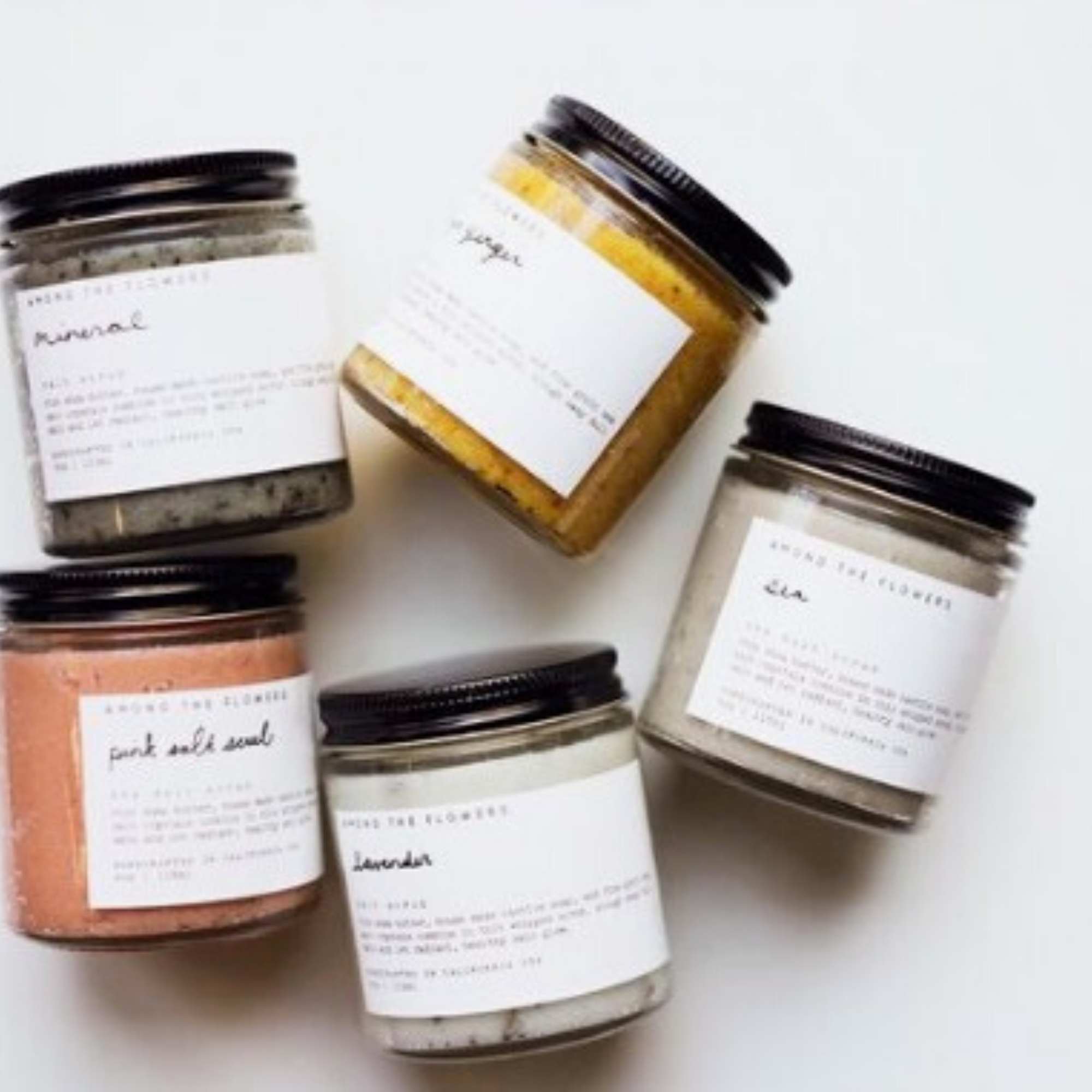

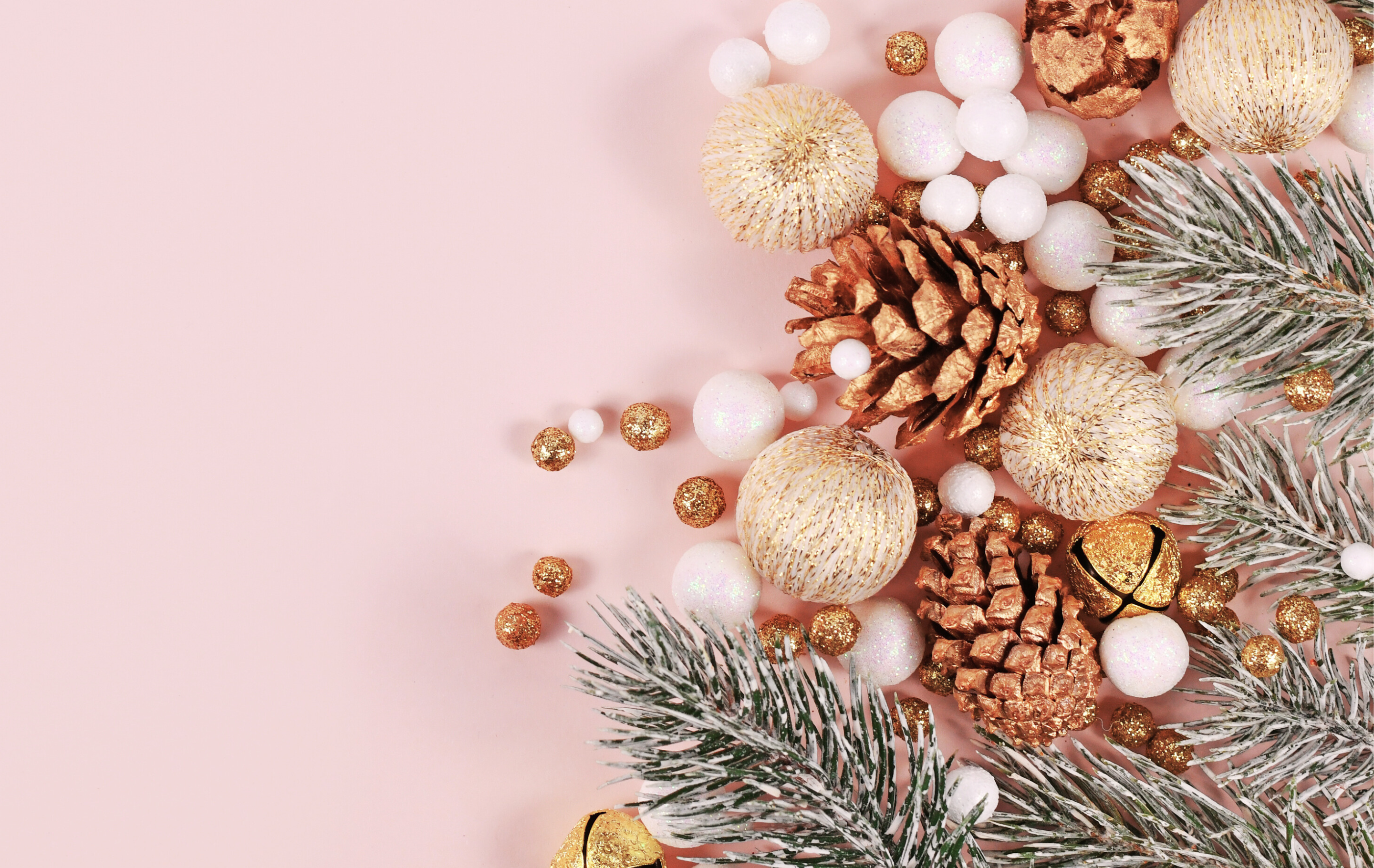
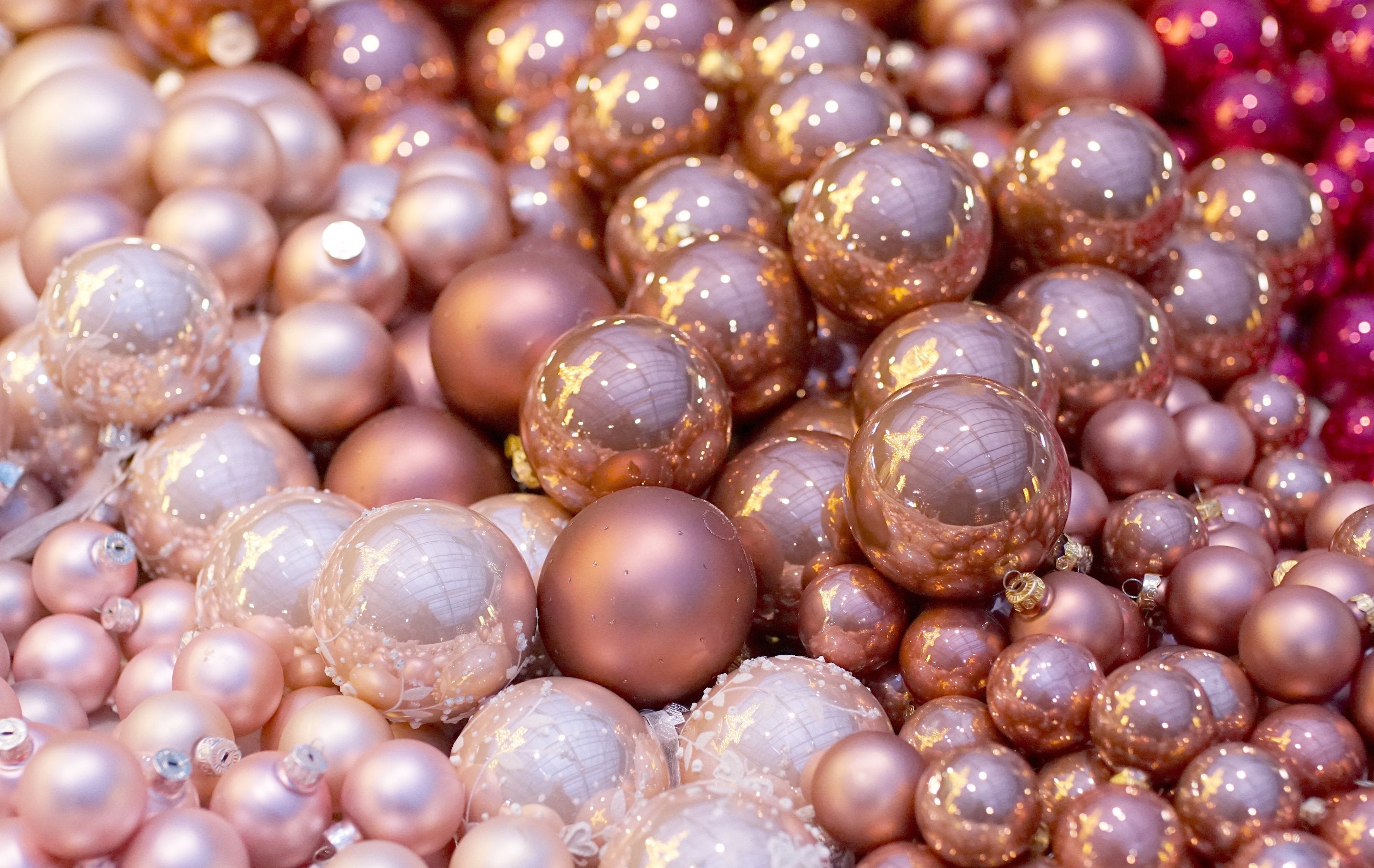
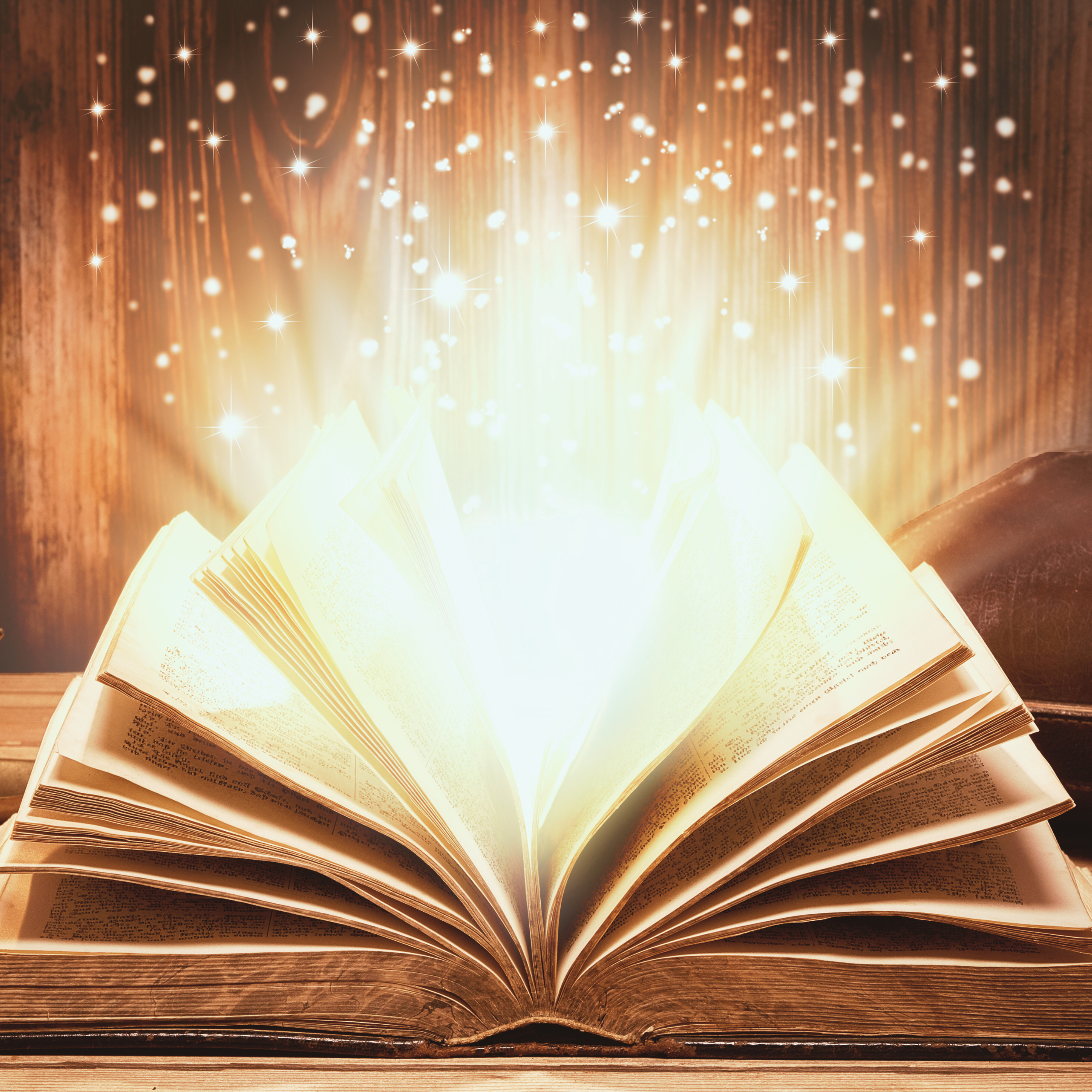






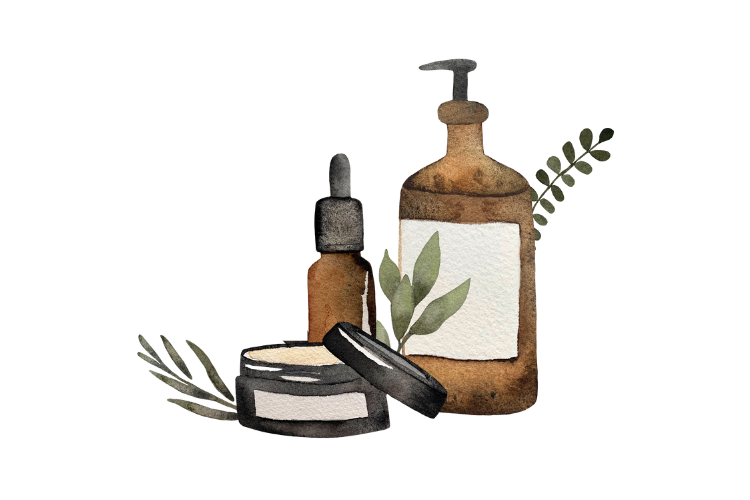

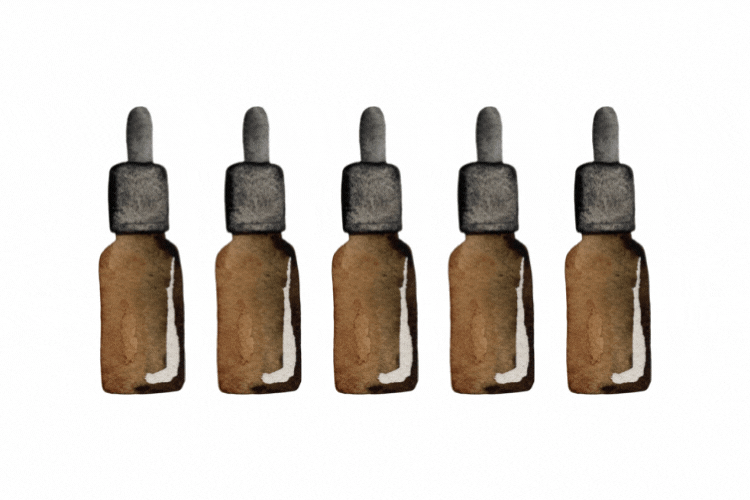
Leave a comment